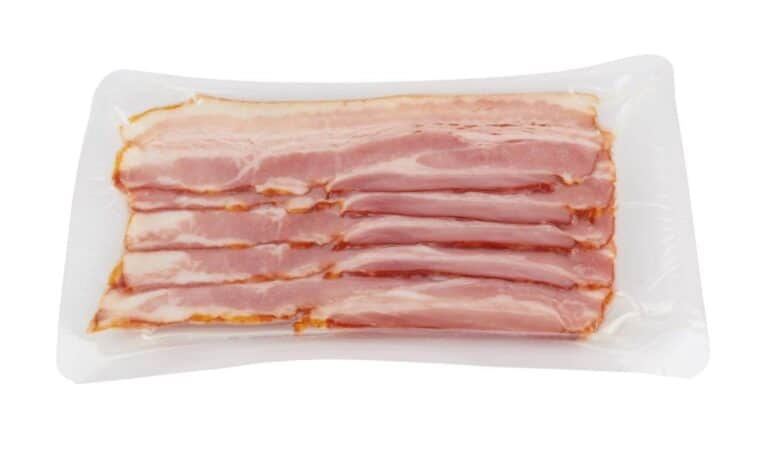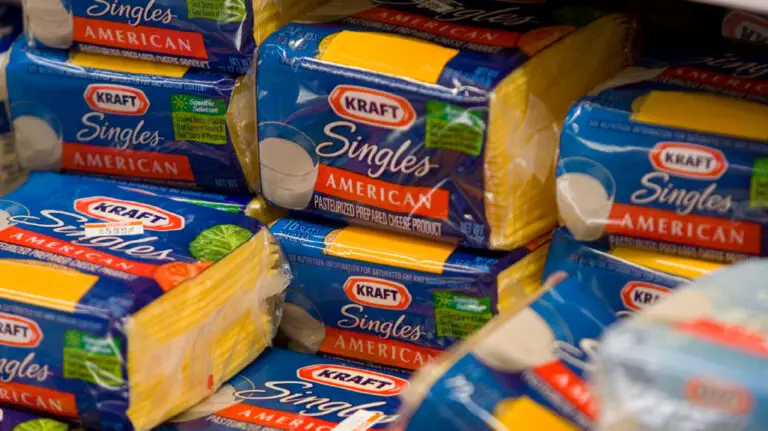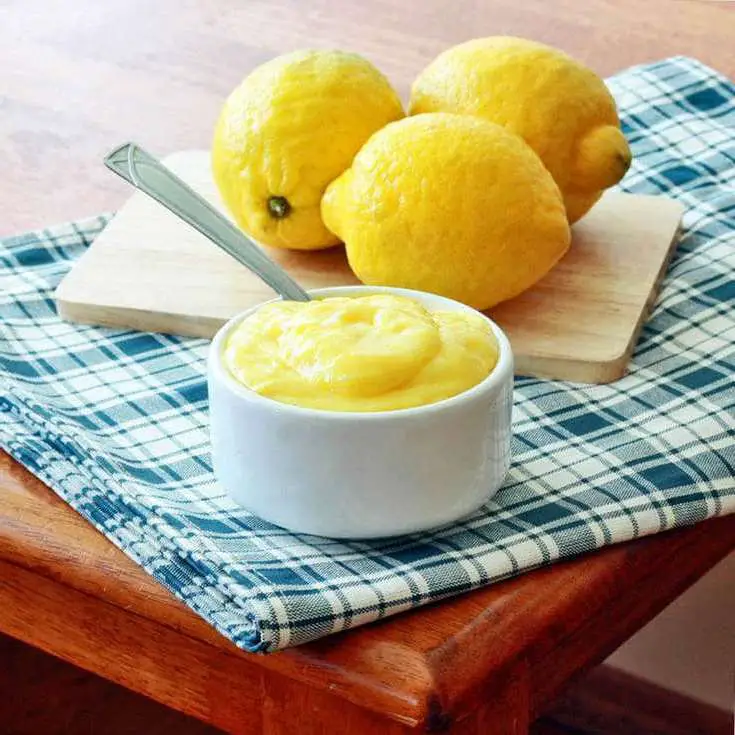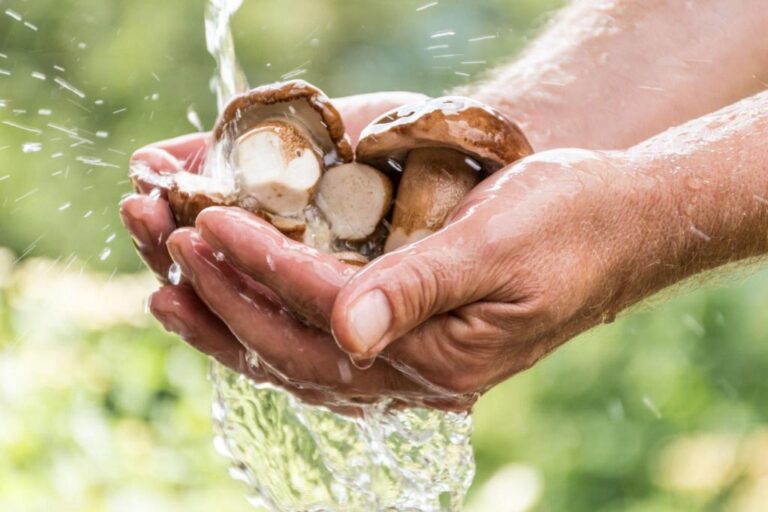Pink Mold on Yogurt: Is It Dangerous and Can You Still Eat It?
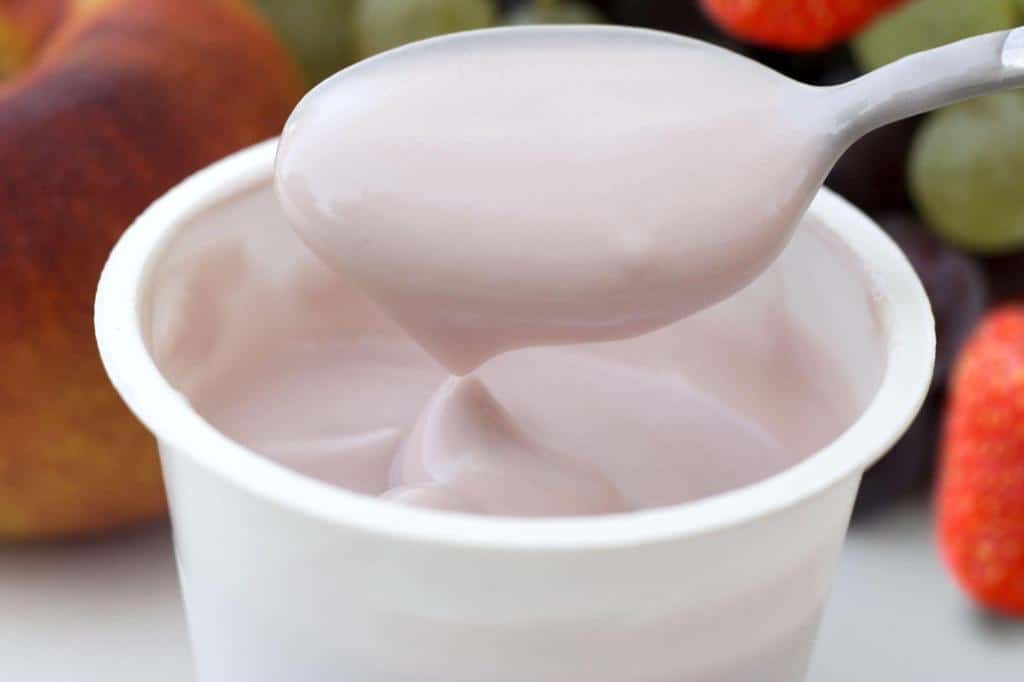
When it comes to food, mold is never a welcome sight. And when that mold is pink, it can be particularly alarming. So, if you’ve ever opened up a container of yogurt to find a pinkish hue, you may be wondering if it’s safe to eat.
Pink mold is a common issue that many people encounter when it comes to their favorite dairy treat. But what exactly is pink mold, and more importantly, is it safe to eat?
In this article, we’ll take a closer look at pink mold on yogurt to determine whether it’s harmful and what you should do if you come across it. In addition to that, we will provide some useful tips on how to prevent it and how to remove it from your yogurt.
Pink Mold on Yogurt
Pink mold, also known by its scientific name, Aureobasidium pullulans, is a type of fungus that can grow on various surfaces, including food. It thrives in damp settings. It grows quickly on food that is improperly stored or that has been left out for an extended period of time. It prefers warm, humid environments.
Food contaminated with pink mold may have a sticky or fuzzy film covering its surface. Its color might range from light pink to dark pink, and its odor could be musty or unpleasant.
Pink mold on yogurt is usually found on the surface of the product, forming a thin film that can spread rapidly if not dealt with promptly. While the mold itself is not necessarily harmful, it can indicate the presence of other harmful bacteria or fungi that can cause food poisoning or other health problems.
It can develop on a variety of foods, including bread, cheese, and vegetables, although it is most frequently found on meals with a high sugar content, such as fruit or jam. Pink mold can be easily eradicated and is not hazardous in small concentrations. However, if it is not treated, it can quickly spread and result in spoilage, a musty smell, and color changes.
Other Types of Mold Found in Yogurt
Pink mold is not the only type of mold that can grow on yogurt. Other types of mold that are commonly found in yogurt include:
- Green mold: Green mold is caused by a type of fungus called Penicillium. It can produce mycotoxins that can cause food poisoning and other health problems.
- Black mold: Black mold is caused by several types of fungi, including Aspergillus and Cladosporium. It can produce mycotoxins that can cause respiratory problems, allergic reactions, and other health problems.
- White mold: White mold is caused by several types of fungi, including Mucor and Rhizopus. It can produce mycotoxins that can cause food poisoning and other health problems.
If you notice any type of mold on your yogurt, it is best to discard it and err on the side of caution.
What Causes Pink Mold to Grow on Yogurt?
Several factors can contribute to the growth of pink mold on yogurt. These include:
- High humidity: Pink mold thrives in humid environments, making refrigerators and other areas with high humidity prime locations for mold growth.
- Poor storage: If yogurt is not stored properly, it can become contaminated with mold spores. This can happen if the yogurt is not sealed tightly or if it is stored in a dirty container.
- Exposure to air: When yogurt is exposed to air, it can create a moist environment that is conducive to mold growth.
- Contaminated equipment: If the equipment used to make or package the yogurt is contaminated with mold spores, it can lead to mold growth on the finished product.
Health Risks of Consuming Pink Mold in Yogurt
Consuming moldy yogurt can pose a range of health risks. While some types of mold are harmless, others can produce mycotoxins that can cause food poisoning or other health problems. Symptoms of mold-related food poisoning can include nausea, vomiting, diarrhea, stomach cramps, and fever.
Pink mold on yogurt can also indicate the presence of other harmful bacteria or fungi that can cause illness. For example, if the yogurt has been contaminated with Salmonella or E. coli, consuming it can lead to severe gastrointestinal symptoms and other health problems.
If you notice pink mold on your yogurt, it is best to discard it and err on the side of caution. While some people may choose to scrape off the mold and eat the remaining yogurt, this is not recommended, as it can be difficult to determine whether the mold has penetrated the entire product.
Can You Eat Yogurt with Pink Mold on It?
While some types of mold are harmless, it is generally not recommended to eat yogurt with pink mold on it. Even if the mold is not harmful in itself, it can indicate the presence of other harmful bacteria or fungi that can cause illness. Additionally, it can be difficult to determine whether the mold has penetrated the entire product, making it risky to consume.
If you do choose to eat yogurt with pink mold on it, it is important to thoroughly examine the product and discard any portions that appear moldy or discolored. Additionally, you should consume the yogurt immediately and not store it for later consumption.
What Should You Do if You Find Pink Mold on Your Yogurt?
If you find pink mold on your yogurt, it’s generally safe to scrape it off and eat the rest of the yogurt. However, if the mold has spread throughout the container or the yogurt smells or tastes off, it’s best to throw it away.
To avoid pink mold on food and other contaminants in your yogurt, be sure to check the expiration date and the packaging for any damage or signs of tampering before purchasing. Once you bring your yogurt home, store it in the refrigerator and consume it before the expiration date.
How to Prevent Pink Mold Growth on Yogurt
Fortunately, there are several steps you can take to prevent pink mold growth on yogurt. These include:
- Proper storage: Store yogurt in a clean, airtight container in the refrigerator. Make sure the container is sealed tightly to prevent moisture and mold spores from getting in.
- Regular cleaning: Regularly clean the refrigerator and any containers used to store yogurt to prevent the buildup of mold spores and other harmful bacteria.
- Use fresh yogurt: Purchase fresh yogurt and consume it before its expiration date to reduce the risk of mold growth.
- Handle yogurt carefully: When handling yogurt, use clean utensils and avoid exposing it to air as much as possible. This will reduce the risk of contamination and mold growth.
- Don’t cross-contaminate: Avoid storing yogurt near other foods that may be contaminated with mold spores or other harmful bacteria.
Removing Pink Mold from Yogurt
If you notice pink mold on your yogurt, it is best to discard it. However, if you want to salvage the remaining yogurt, you can try removing the mold. Here’s how:
- Scoop off the moldy portion: Using a clean utensil, scoop off the moldy portion of the yogurt. Be sure to discard it in the trash and not the sink or compost bin.
- Mix well: After removing the moldy portion, mix the remaining yogurt well to ensure that the mold spores are distributed evenly throughout the product.
- Inspect carefully: Examine the yogurt carefully to ensure that there are no remaining traces of mold. If you notice any discoloration or mold growth, discard the yogurt.
- Consume immediately: If you choose to consume the yogurt, do so immediately and do not store it for later consumption.
Conclusion
In conclusion, pink mold on yogurt is generally not harmful to eat, but it can indicate the presence of other harmful bacteria. If you find pink mold on your yogurt, it’s best to inspect it carefully and use your judgment. While it’s generally safe to scrape off the mold and consume the rest of the yogurt, be sure to throw it away if it smells or tastes off or if the mold has spread throughout the container.
By taking these precautions, you can enjoy your yogurt without worrying about pink mold or other contaminants. Remember to always check the expiration date and packaging, store your yogurt properly, and use your senses to determine if your yogurt is safe to eat.

